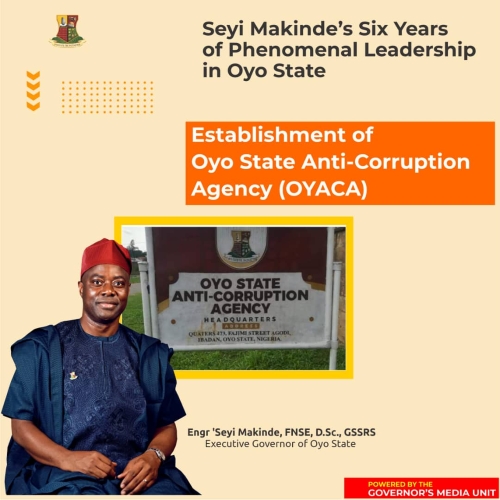
In the early 14th century, Oba Oranyan, the first king of Oyo, was succeeded by Oba Ajaka, who later became known as the Alaafin of Oyo. However, Ajaka’s reign was short-lived as he was eventually deposed due to his lack of Yoruba military prowess and his tendency to grant excessive independence to his sub-chiefs. The leadership was then passed on to Ajaka’s brother, Shango, who later became revered as the deity of thunder and lightning.
After Shango’s death, Ajaka was restored to the throne, having become more warlike and oppressive. His successor, Kori, expanded the territory of Oyo, conquering the remaining parts of what would later be known as metropolitan Oyo.
The heart of metropolitan Oyo was its capital, Oyo-Ile, also known as Oyo Katunga or Old Oyo. The city was centered around two significant structures: the ‘Afin,’ or the palace of the Oba, and the Oba’s market, known as ‘Oja-Oba’. The palace, located at the city’s center, emphasized the importance of the king in Oyo.
By the late 14th century, Oyo had become a formidable power, steadily expanding at the expense of neighboring regions. However, during the reign of Onigbogi, Oyo suffered military defeats at the hands of the Nupe, led by Tsoede. Around 1535, the Nupe occupied Oyo, forcing its ruling dynasty to seek refuge in the kingdom of Borgu. The capital was sacked, leaving Oyo weakened as a regional power until the early 17th century.
Exiled for 80 years following their defeat, the Yoruba dynasty of Oyo managed to re-establish themselves, creating a more centralized and expansive empire than ever before. They developed a government that exerted its authority over a vast territory. Throughout the 17th century, Oyo experienced significant growth, ultimately becoming a major empire. It is important to note, however, that Oyo never encompassed all Yoruba-speaking people, although it was the most populous kingdom among them.











